Mario Party 10 is the latest installment in a franchise that has only been around since 1998. Since the first Nintendo 64 title, there have been 13 titles released in total, ten on consoles (counting Wii U), and three on handheld systems. Mario Party 10 tries a few things to freshen up the series.
For those who haven’t played a Mario Party game before, it’s essentially a Mario-themed, interactive board game. Players hit/roll virtual dice to move along a virtual game board that has various branching paths and pitfalls. Along the way, players will have to compete in various mini-games to collect coins or to advance further on the game board. Some Mario party games featured players competing to get to the end of each game board first while others have players riding in a vehicle collecting mini-stars. Mario Party 10 falls into the latter category where players must collect the most mini-stars before reaching the end of the board. It’s not my favorite way to play Mario Party, but there’s still a lot of fun to be had with this gameplay mechanic. Also, as players go through each level, if they roll a 1, a 2, a 3, a 4, a 5, and a 6; Bowser will be released and players will have Bowser mini-games to deal with throughout the game board. This can create lots of havoc on the players’ mini-stars and can change the fortunes of players very quickly. The new game boards feature a nice variety to choose from but it’s still a limited selection. Players can unlock new vehicles, characters, and music, but really not much more than that. In terms of content, Mario Party 10 is a bit disappointing even with the 70 new mini-games. One of the biggest disappointments to me personally was how the game rarely takes advantage of the Wii Remote’s motion capabilities. One example I remember from Mario Party 8 on the Wii was having 2 players work together to row a boat. Despite what you may think about the accuracy or impact of motion controls, it still created a fun and frantic feeling with each mini-game. With Mario Party 10, I never felt that the mini-games took advantage of the Wii U’s GamePad or the Wii’s motion controls. Most mini-games are played simply by rotating the Wii Remote sideways and playing with the D-pad and 1 and 2 buttons. The Bowser mini-games utilize the GamePad really well, but other than that mode, the Wii U’s capabilities are largely unused. You’d think with the Wii Remote being the primary control method that there would be more motion-controlled mini-games, but maybe I’m alone in thinking those were fun.
One of the unique aspects about Mario Party 10 is the ability for one player to take control of Bowser himself using the Wii U GamePad. This is a completely separate mode from the regular ‘Mario Party’ mode since it changes things up quite a bit. Once players roll dice to move along the game board, the player controlling Bowser gets to roll 4 or more die to catch up to the players. You might think to yourself, “wait a minute, Bowser gets 4+ die each turn, how is that fair?” Well, to answer that question, it isn’t really fair but that’s part of the point I suppose. Bowser catches up to the players almost every turn and a Bowser mini-game ensues. In these mini-games, all the players will have to survive while the Bowser-player tries to knock them out. Instead of mini-stars, players have hearts that they collect throughout the game board. If at least one player can survive till the end, they win the game. In my experience, it’s pretty easy to defeat the players when playing as Bowser. In some cases, I was able to finish off the “Normal” difficulty CPUs after the second turn with Bowser. There are several difficulty levels to choose from so it does vary.
Another unique aspect in Mario Party 10 is the ‘Amiibo Party’ mode. I had some high hopes for this mode but it was very basic. The game board changes based on the amiibo figurine you place on the GamePad. I used a Mario figurine so I got a basic Mario-themed level. It’s what you might consider a ‘micro level’. There are only about 20 spaces in a large square. Players take turns rolling their dice as they try to collect the most Stars in 10 rounds. After each round, there is a new mini-game. Players can also collect and hold tokens on their amiibo figurine. These tokens can be used to your advantage throughout the mode. This cycle repeats until someone emerges as the victor. It was very basic and altogether not something that will hold your attention for very long.
Visually, Mario Party 10 looks amazing. The graphics are beautifully sharp in high-definition. Mario and company have never looked as good as they do in Mario Party 10. Some of the mini-games even feature some nice wind and sunlight effects on the blades of grass. There are also several other details that go a long way in the presentation department. Gamers will definitely love the visuals in Mario Party 10.
As you might’ve guessed, Mario Party games are all about multiplayer. The game just isn’t much fun to play by yourself. Nintendo opted to continue making Mario Party 10 a local multiplayer only game so that means no online play this time around. I’m actually perfectly fine with this decision because the fun really comes from playing with people in the same room. An online leaderboard or some sort of online integration would’ve been nice, but it by no means detracts from the game.
As it stands, Mario Party 10 is a little disappointing both in terms of unlockable content and long-term replayability. It can be fun in short bursts or with a group of friends, but I felt the mini-games lacked that certain ‘fun factor’ overall. The highlights for Mario Party 10 are definitely the Bowser mini-games. If you’re a long-time fan of the series, Mario Party 10 will disappoint, but it may still provide some fun for the kiddos.
PN Review: Mario Party 10
Okay
The highlights for Mario Party 10 are definitely the Bowser mini-games. If you’re a long-time fan of the series, Mario Party 10 will disappoint, but it may still provide some fun for the kiddos.


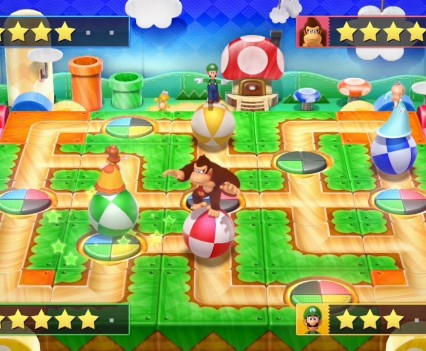
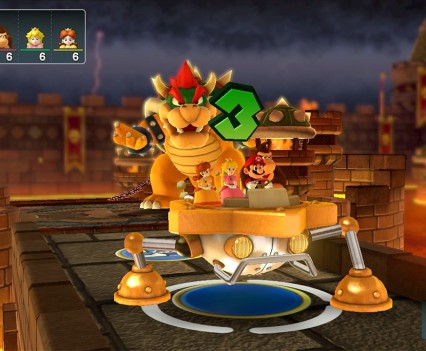
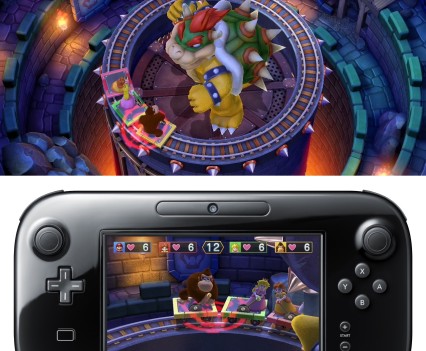
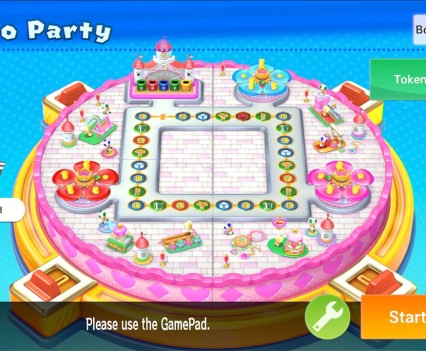
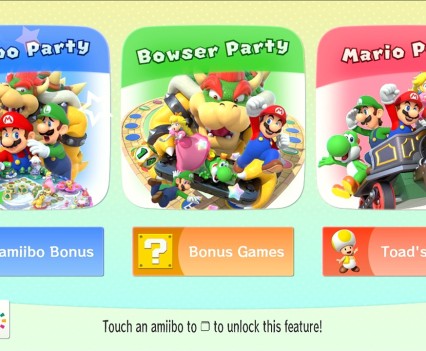
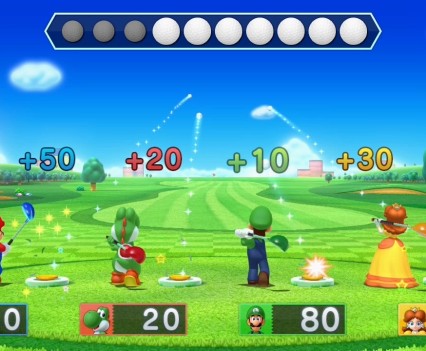

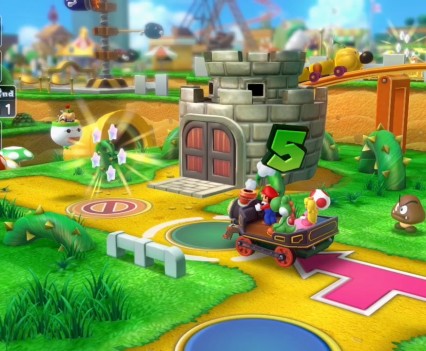

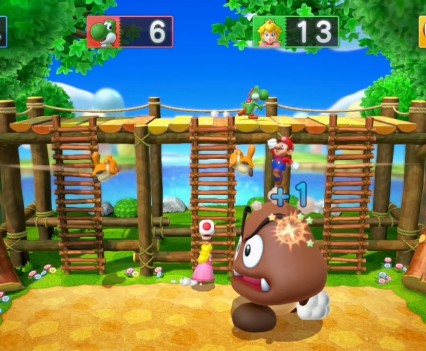

March 17, 2015
Ohh that’s disappointing. I kinda had higher hopes for this one :(
March 23, 2015
I was hoping for more for this game too. I feel that Nintendo has a lot of party game ip’s right nown maybe they need to cut back a bit and focus on just one or two. I think I will still get this one just because I only have Mario Party 2 on the Virtual Console.